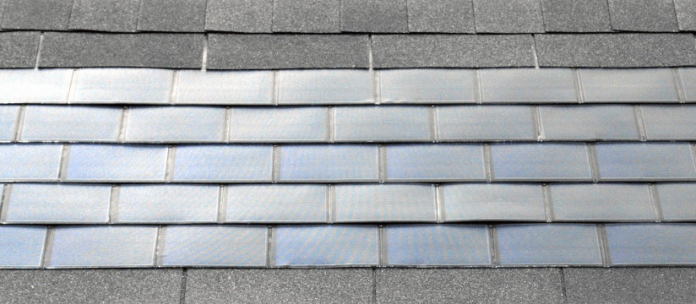Reaching consensus on what building-integrated photovoltaics (BIPV) is and what makes it different from conventional rooftop PV is one of the challenges that the emerging BIPV industry has to deal with if it wants to move from niche to mainstream.
With this in mind, a group of experts from the International Energy Agency’s Photovoltaic Power Systems Programme (IEA PVPS) put together a report that seeks to bring together piecemeal developments from different regions into a clear set of standards, and clearly defined functions for different products, in terms of their roles as both construction materials and energy generators.
The report is titled Categorization of BIPV applications; and is available on the IEA PVPS website. “By taking into account the main technical subsystems of the multifunctional building skin, the main features in terms of function, performance, morphological, structural and energy-related aspects are organized into five levels from application categories to materials,” state the report’s authors.
The five categories defined in the report stem from those outlined in the IEC standard 63092-1, Photovoltaics in buildings – Part 2: Requirements for building-integrated photovoltaic systems. The IEC’s categories define different types of BIPV system, based on area of integration and accessibility from the inside of the building. IEA PVPS further breaks these down into ‘system’ – representing the entire construction unit, ‘module’ for the active elements in energy and construction, ‘component’ for the parts making up these elements, and ‘material’ for the basic material.
BIPV systems
At system level, the report notes three main types of BIPV system, classified as roof, façade and external integrated devices. They further break each of these down into subsections – ‘roof’ for example is split into discontinuous roofing, continuous roofing and atrium/skylight. The report’s module level category is then divided into three, based on the transparency of the element.
By clearly defining the different system elements in this way, the report hopes to bring together the interests of both PV system designers and architects – one of the key challenges to the development of BIPV. “We aspire that this paper will be able to provide a first milestone to encourage an integrated perspective and an interdisciplinary effort at the core of the BIPV field and that it will overcome some current obstacles that are still obstructing effective exchange of innovation and cooperation among all the stakeholders,” stated the authors.






